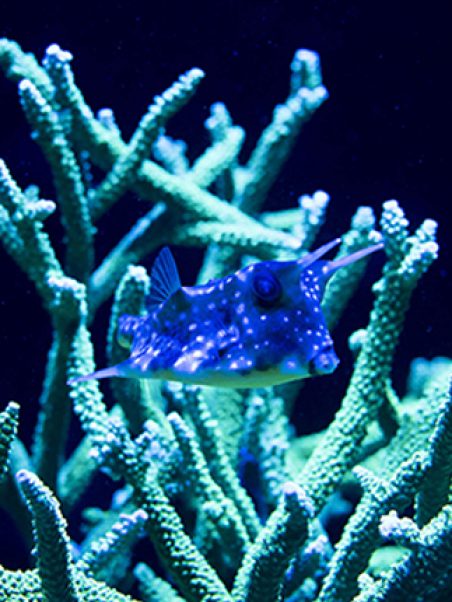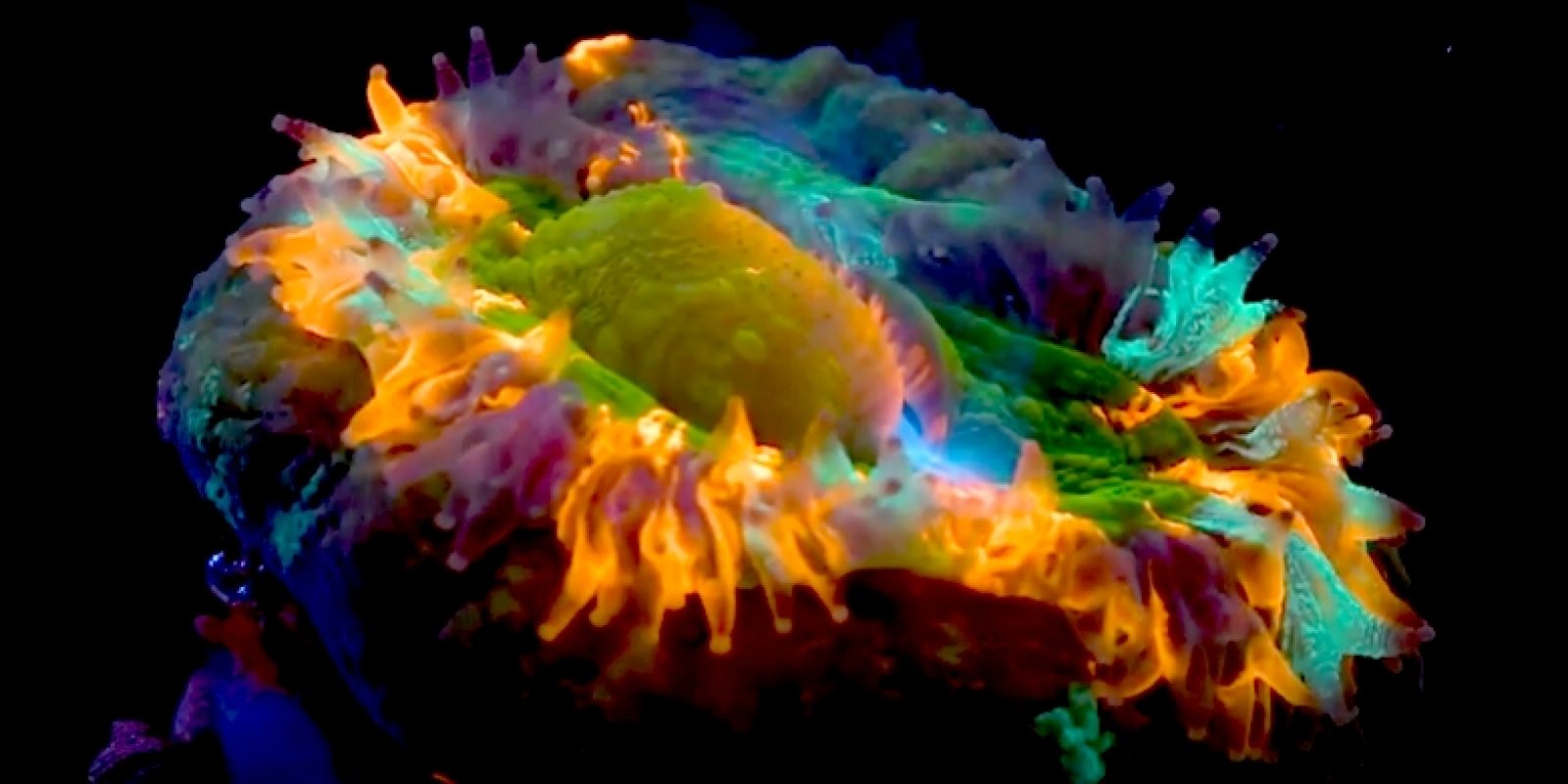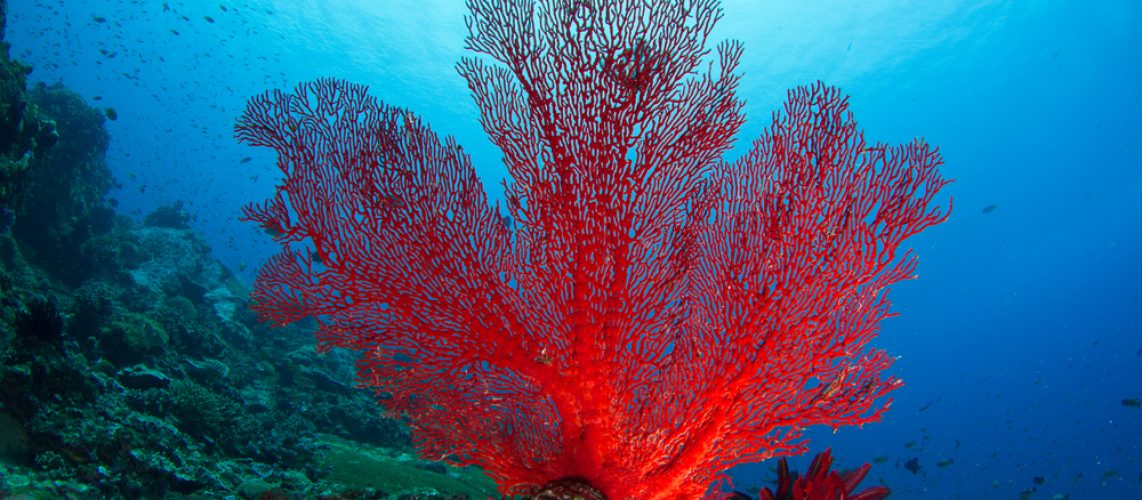Coral, plant or animal?
For several centuries, the nature of this strange organism, resembling small flowering trees attached to rocks at the bottom of the sea, was the subject of much debate by naturalists.
Corals are in fact small animals, called polyps, in the shape of sea minnows that can form colonies. These polyps make a common skeleton which for some species become the foundation of a coral reef.
The first observations of coral were made in the Mediterranean, by Pliny the Elder (1st century AD) on red coral (the one from which jewellery is made). Once brought to the surface, the coral would quickly die. Thus, it was considered a sea plant that turned into stone when taken out of the water. It was not until the middle of the 18th century that it was recognized as an animal that was classified in the large family of stinging animals, the Cnidaria.

The different corals
There are solitary corals, colonial corals, reef builders, soft corals, false coral…
Not all corals build a calcareous skeleton, like hard corals. There are also soft corals which generally grow faster… And not all corals live near the surface in warm tropical waters, some live deeper and sometimes in cold waters.
For more information:
- Deep-sea corals in cold waters by Ricardo Serrão Santos, oceanographer
- Our factsheets on coral
Coral reefs
Coral reefs are made up of a multitude of coral species which together form an ecosystem, i.e. a very specific natural environment made up of different plants and animals.
Coral reefs are among the largest and most complex ecosystems on the planet. They are home to thousands of species of fish, but also other animal species, such as crabs, starfish, shellfish…
Coral reefs serve as refuges, food reserves and nurseries for their many inhabitants: from the smallest algae to numerous fish and invertebrates, but also to sea turtles and sharks.
For more information:
- Coral reefs by Jean Jaubert, marine biologist and former director of the Oceanographic Museum of Monaco
- Our factsheets on coral








